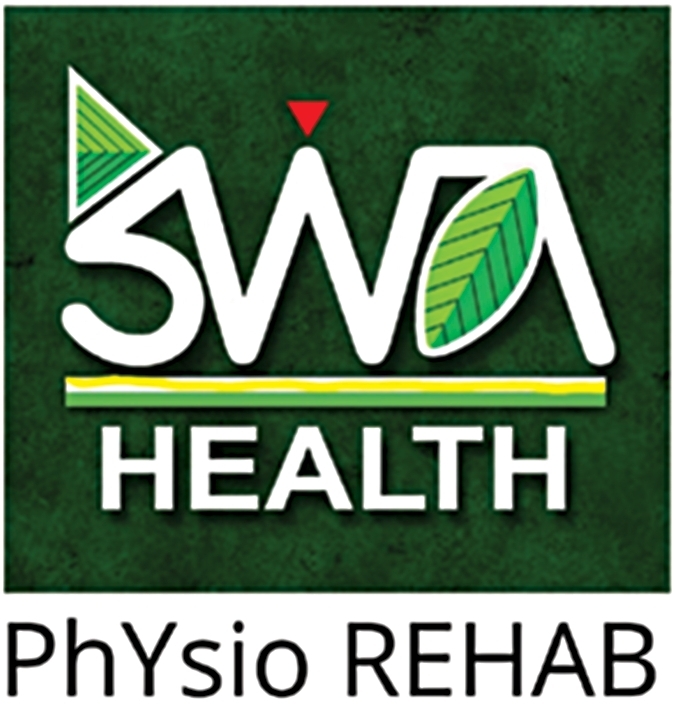Participating in sports, dance, or other physical activities is a great way to pursue excellence, fitness, and enjoyment. But it’s common to suffer injuries along the way. The key is getting specialized treatment quickly so you can get back to doing what you love.
At SWAhealth Physiotherapy Rehab, our experienced physiotherapists understand how important it is to help you recover and resume your active lifestyle. We specialize in treating sports people, dancers, and performers so they can return to their passions.
What Causes Sports and Performance Injuries?
Injuries can happen to anyone who engages in physical activity, from pros to amateurs. Pushing your body to achieve better performance can make it prone to injuries. They may occur from overexertion, improper form, insufficient conditioning, or freak accidents.
Getting focused and getting individualized treatment quickly is key to healing injuries. Skilled and knowledgeable Physiotherapists, thoroughly evaluate your injury and prescribe targeted treatment to help you recover rapidly.
Common Injuries and Their Symptoms
Sprains – A sprain refers to an injury to the ligaments that connect bones together at a joint. Sprains commonly occur in joints like the ankle, wrist, knee and elbow. Symptoms include pain, swelling, instability in the joint, bruising and reduced ability to move the joint.
Strains – A strain is an injury to a muscle or tendon, often from overstretching or overcontraction. Strains frequently happen in the thighs, calves, shoulders, hamstrings and lower back. Symptoms include pain, muscle spasms, swelling, weakness and a decreased range of motion.
Stress fractures – Stress fractures are tiny cracks or severe bruising in the bone caused by repetitive overuse and pressure. They often occur in the legs and feet of athletes who run and jump frequently. Symptoms include swelling, tenderness and pain that worsens with activity.
Dislocations – A dislocation occurs when the bones in a joint become displaced or misaligned. This causes severe pain, deformity, swelling, numbness and lack of function in the joint. Shoulders and knees are especially prone to dislocation injuries.
Tendonitis – Tendonitis is the inflammation and irritation of a tendon, often resulting from sports overuse. It frequently occurs in the elbows (tennis elbow), knees (jumper’s knee) and heels (Achilles tendonitis). Symptoms include pain, swelling, and tenderness in the area.
ACL tears – The ACL is the anterior cruciate ligament, one of the major stabilizing ligaments in the knee. ACL tears are serious knee injuries often caused by sudden stops, pivoting or rapid direction changes. They cause instability, pain and swelling in the knee.
Preventing Sports & Performance Injuries
While some injuries are unpredictable, you can take proactive steps to reduce your risk:
- Warm up for 10-15 minutes before activity with light cardio and dynamic stretches to increase blood flow and flexibility. This prepares muscles and joints for more intense activity.
- Use proper technique and form for your specific sport – for example, maintaining correct posture and alignment in yoga poses or proper tackling technique in football. Learn from a coach or trainer.
- Wear helmets for activities like cycling or hockey. Use supportive footwear designed for your sport. Tape unstable joints. Protective gear protects from trauma.
- Build strength, balance, coordination, and joint stability through strength training, core work, and cross-training. Strong muscles better withstand sports demands.
- Take 1-2 rest days per week for muscle recovery. Your body repairs and adapts on rest days. Listen to pain signals and avoid overtraining.
- Stay hydrated before, during and after activity. Eat nutrient-rich foods to fuel activity. Refuel with protein and carbs for muscle repair.
- Replace worn out equipment regularly, especially athletic shoes. Ensure proper fit. Worn or ill-fitting gear increases injury risk.
- If you experience new pain or discomfort, back off activity intensity and get it assessed quickly. Don’t ignore or “play through” unexplained persistent pain.
- See a physiotherapist for screening and advice. They can assess injury risks, identify biomechanical issues, and recommend prevention strategies specific to your body and sport.
How Physiotherapists Treat Sports & Performance Injuries
Physiotherapists are uniquely trained to manage sports injuries. They thoroughly assess the injury, identify the affected structures, and create a tailored treatment plan.
Common physiotherapy treatments include:
- Targeted exercises to improve mobility and strengthen injured areas
- Manual therapy techniques like massage and joint mobilization
- Use of modalities like ice, heat and electrical stimulation
- Education on modifying activities to prevent re-injury
- Bracing or taping to provide support during healing
Seeing a physiotherapist promptly after a sports injury can get you back to playing and performing safely and as quickly as possible. They will collaborate on an individualized plan focused on restoring function and preventing future problems.
Get in touch with us! (Click Here)
Call +91 9163195759
Or Vist us (Click Here to see our Location)



